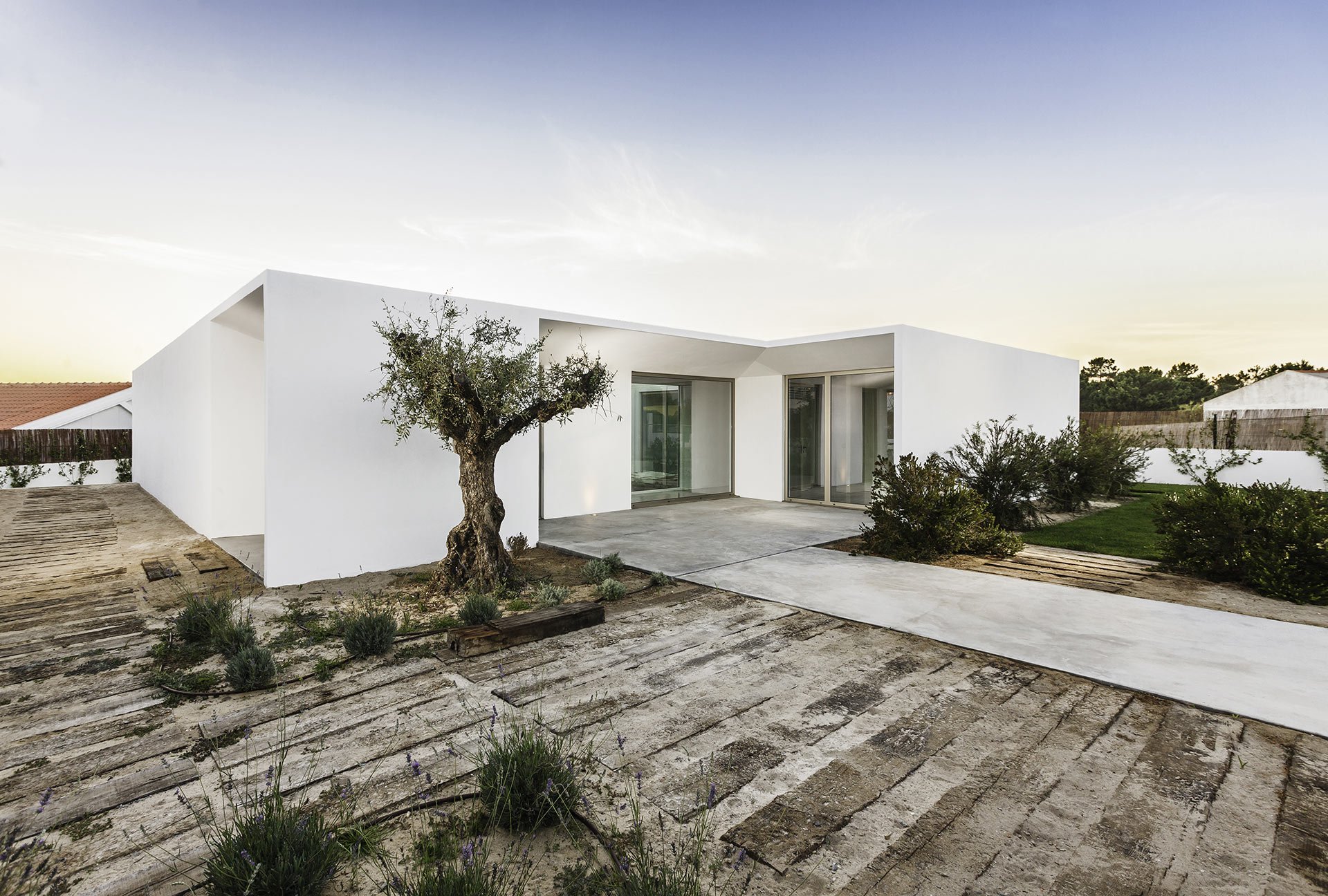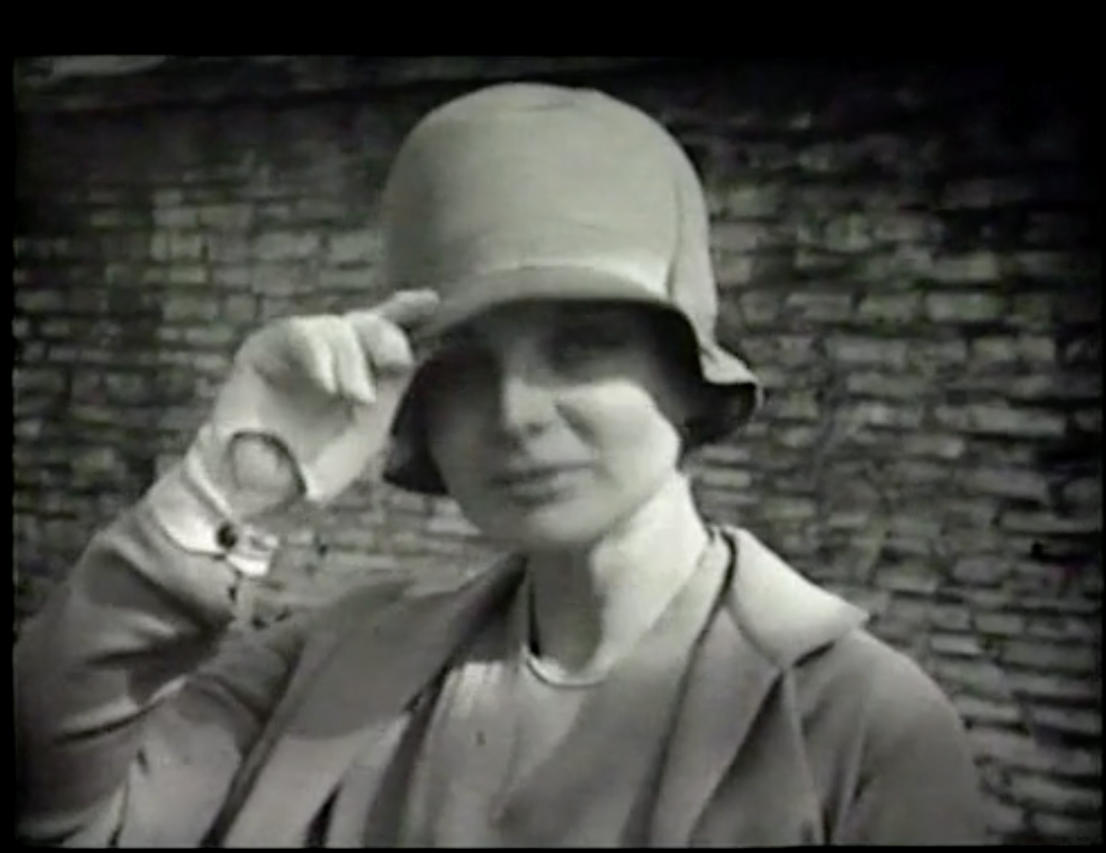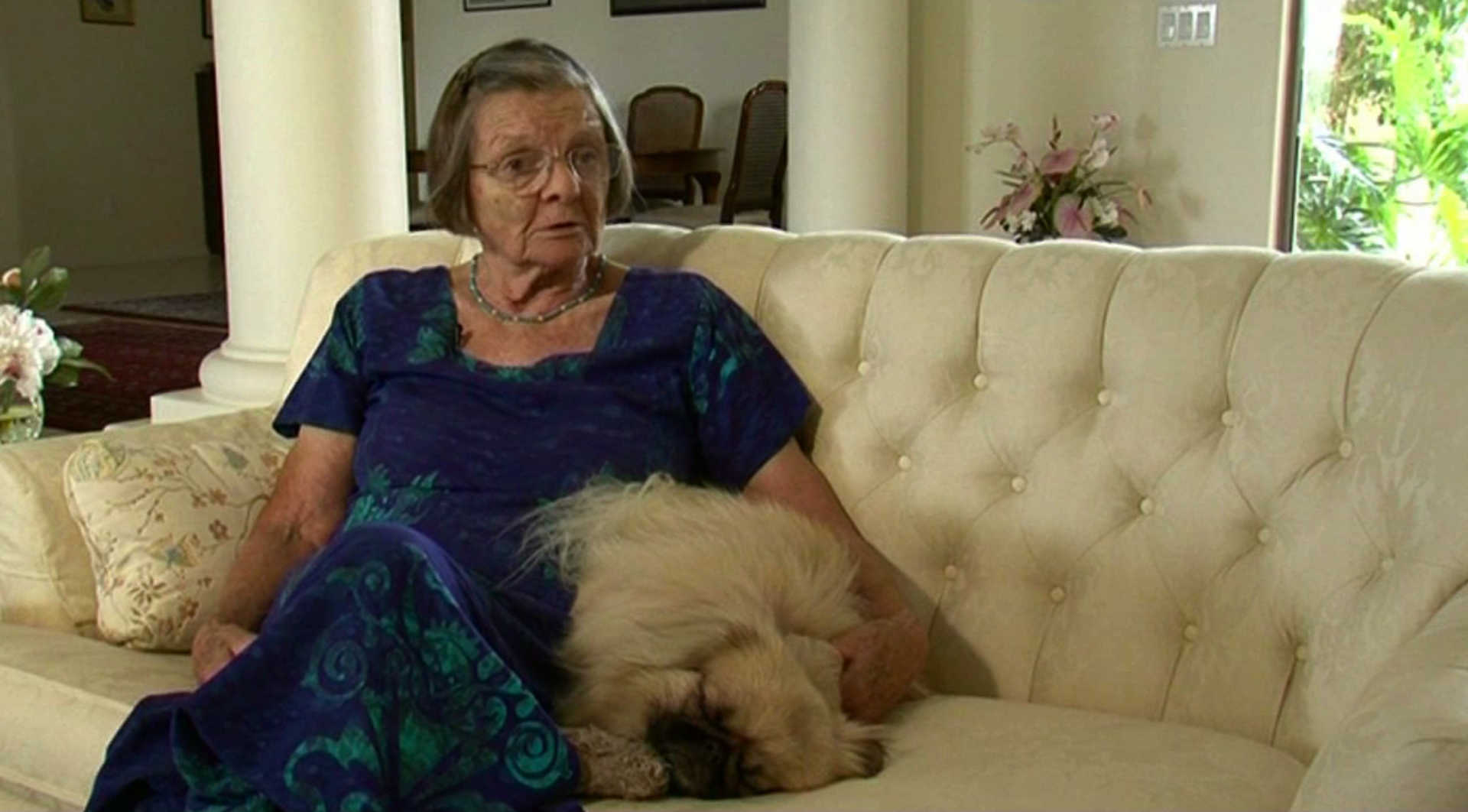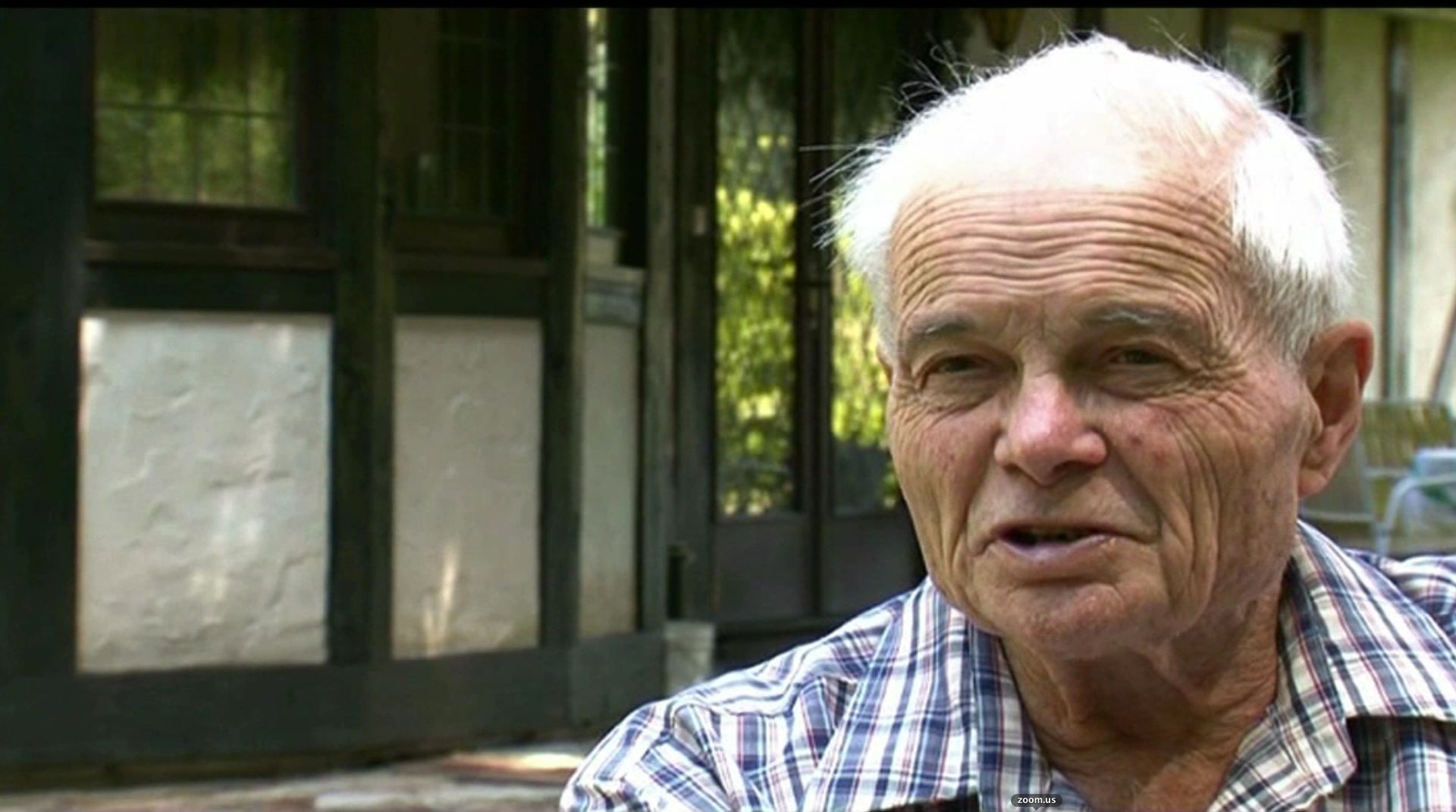LIFE of LÁSZLÓ
HUDEC
Childhood in Banska Bystrica
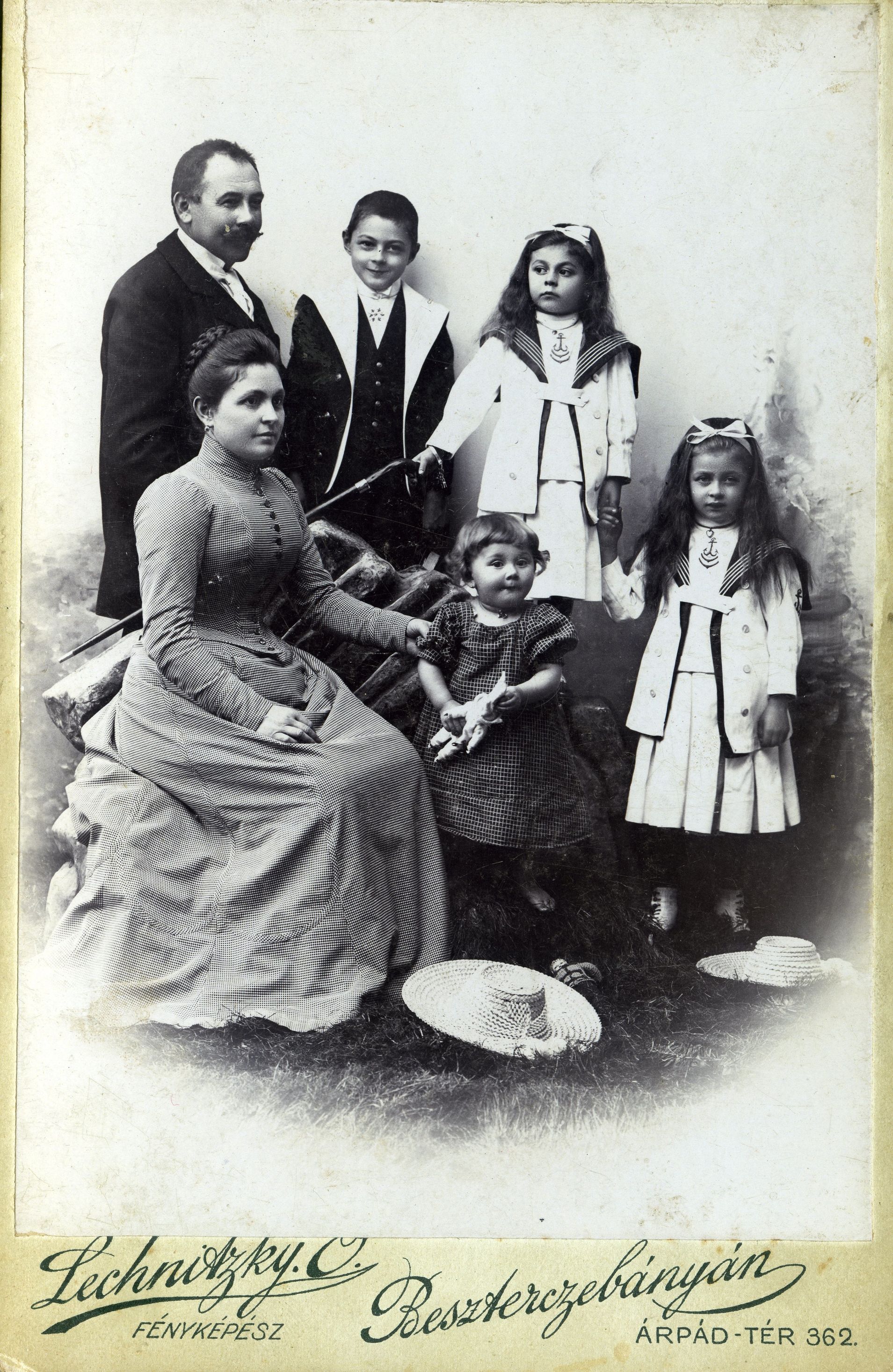
László Ede Hugyecz was born in Banska Bystrica (Besztercebánya) on January 8, 1893, his father György Hugyecz is a wealthy construction contractor from Banska Bystrica, his mother is Paula Skultéty, whose ancestors were Lutheran pastors going back hundreds of years, one of them being the famous religious debater Severin Scultéty who lived in the 16th century. From 1905, the Hugyecz family lived in a classicist style villa designed by the head of the family in the center of Banska Bystrica, and the six children grew up in a loving atmosphere in the 2 storey house. The family members corresponded with each other in Hungarian and used both Slovak and German in addition to Hungarian, and they lived their multicultural national identity naturally, at least until 1920.
Academic years
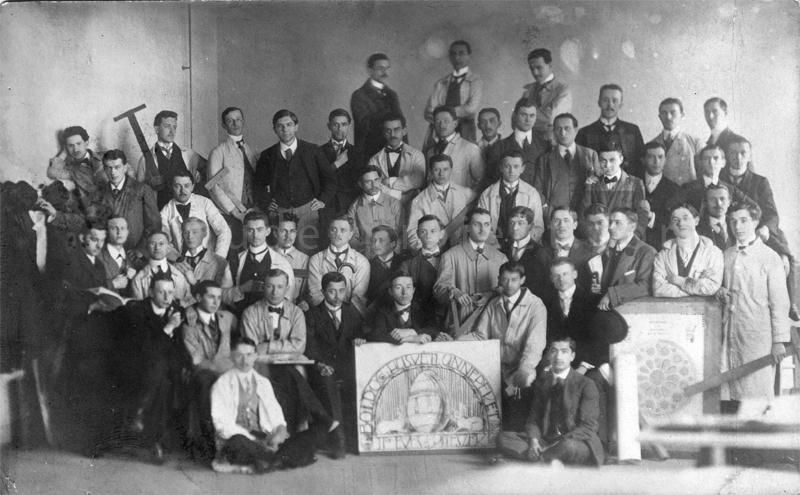
From the age of nine, László worked on construction sites every summer vacation, and he received his first contract from his father at the age of 13. Master builder György Hugyecz, together with architect Lajos Rosenauer, ran a prosperous construction business in Besztercebány, among others, they executed the designs of Gyula Sándy, Ervin Ybl and Gyula Walder. Before enrolling at the unoversity he obtained the stonemason's, stonemason's and carpenter's professional exams.
Between 1910 and 1914, he studied at the in the Királyi Magyar József Műegyetem, today called Budapest University of Technology and Economics, where he graduated with a degree in architecture. In the meantime, he made several study trips with his father and fellow students in Europe. After receiving his degree in architecture, he immediately got a job in Ybl Ervin's office. Virgil Nagy also invites him to be an assistant at the ancient history department, but the military conscript intervenes.
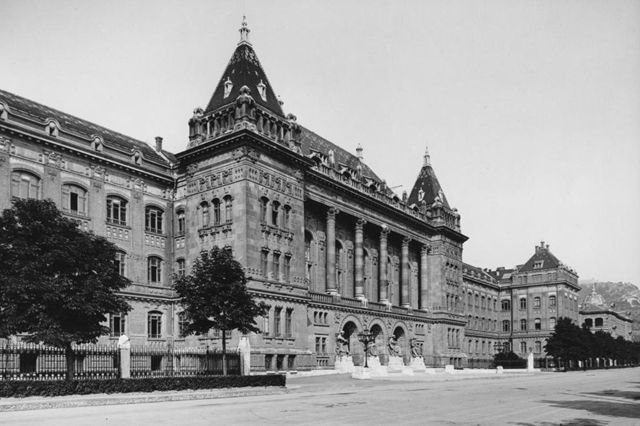
First World War and POW
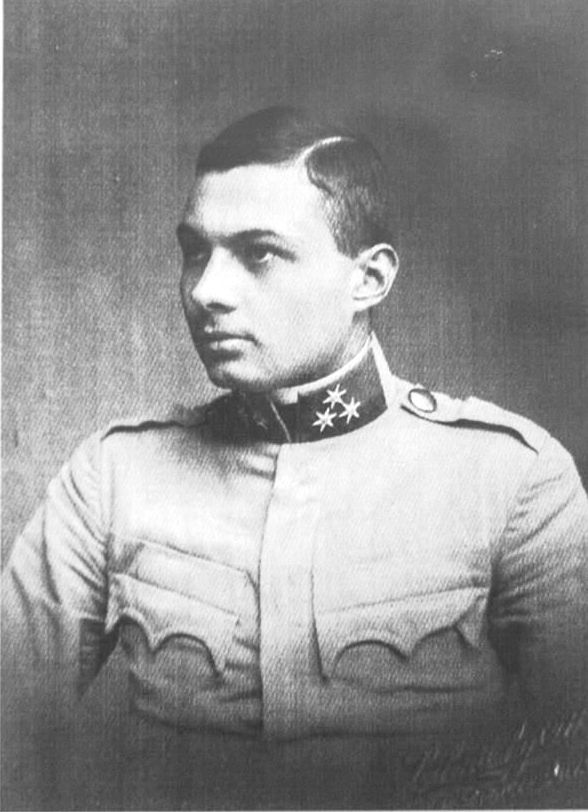
Soon after starting his new job at Virgil Nagy, the First World War broke out and Hudec was called up by the Hungarian Royal Army.
He trained in general infantry, field artillery and cavalry, but as he was an architect, he was soon called upon for his map-drawing skills and technical knowledge in building anti-barrage shelters. According to the letters he wrote at the time, he was unimpressed by the war: “I’m not particularly proud of my military rank, what goes on here is more animalistic than human. I’m incredibly saddened because no one seems to really know what’s going on here.”
In June 1916, he was injured in battle and taken to Siberia as a prisoner of war. In 1918, however, using his knowledge of Russian and a fake passport, he made a daring escape from the prison camp and fled south-east on foot all the way to the Sino-Russian border.
Career in Shanghai
“I got to Shanghai by early November 1918. It was my intention to earn enough money here to get back home. I reported to the Russian consulate, because in the event of further travel, I would have to replace my internal pass to China and Japan with an external passport. Here they rewrote my name from Cyrillic to Latin letter by letter, and thus the spelling of my name became ’Hudec’ instead of Hugyecz.”
In November 1918, he was offered a position as a draftsman at an American architectural firm, R. A. Curry. The beginning of Hudec’s career in Shanghai shows how adeptly he was able to apply different styles to specific functions. His firm constructed houses, offices, and schools in a self-consciously American style, clearly reflecting the typical foreign Shanghailander’s desire for a sense of national identification.
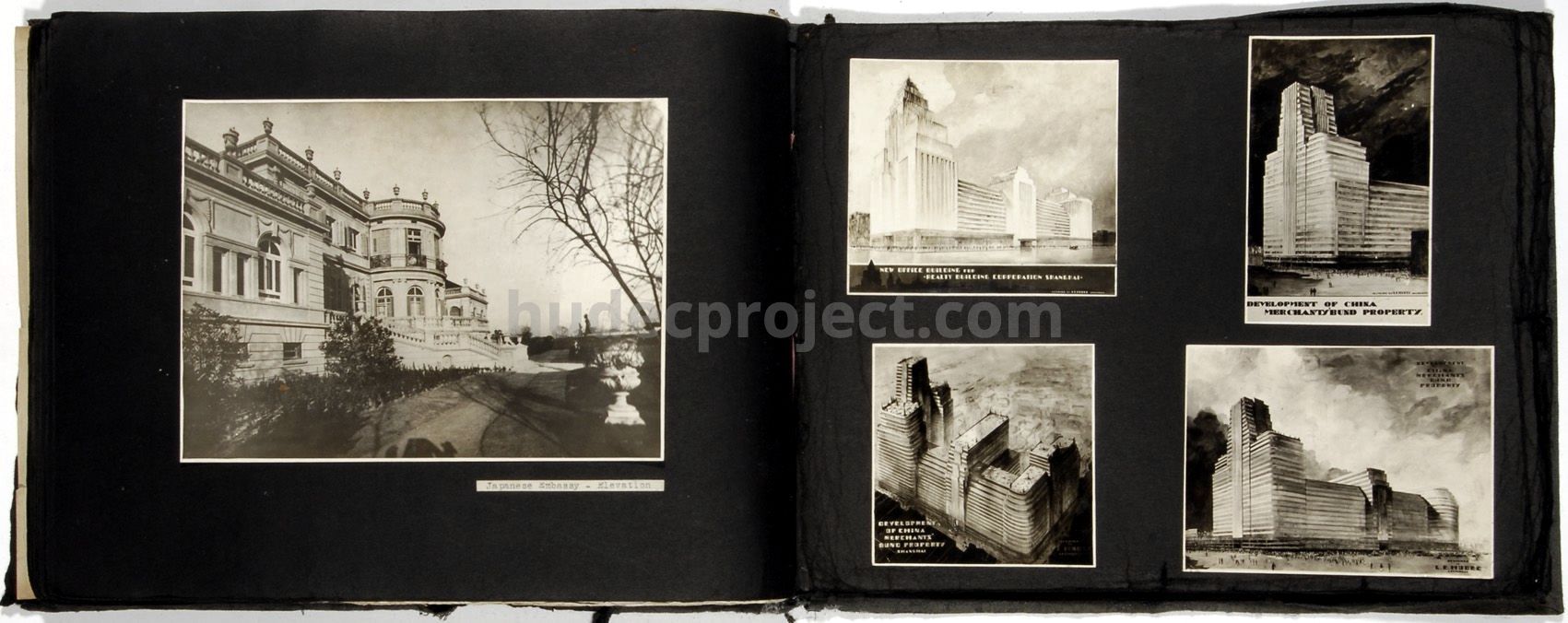
An immensely talented and resourceful man, Hudec would go on to design some of the first modernist buildings in his adopted city, including the Park Hotel, the “first skyscraper of the East” and the tallest building in Asia until 1982. He would also design Shanghai’s largest theatre, the 2,500-seat Grand Theatre, as well as residences like the Green Villa, a signature piece of originality combining both European and Chinese styles. In all, Hudec designed over 100 buildings in Shanghai, from family residences to churches, most of which are still in use today.
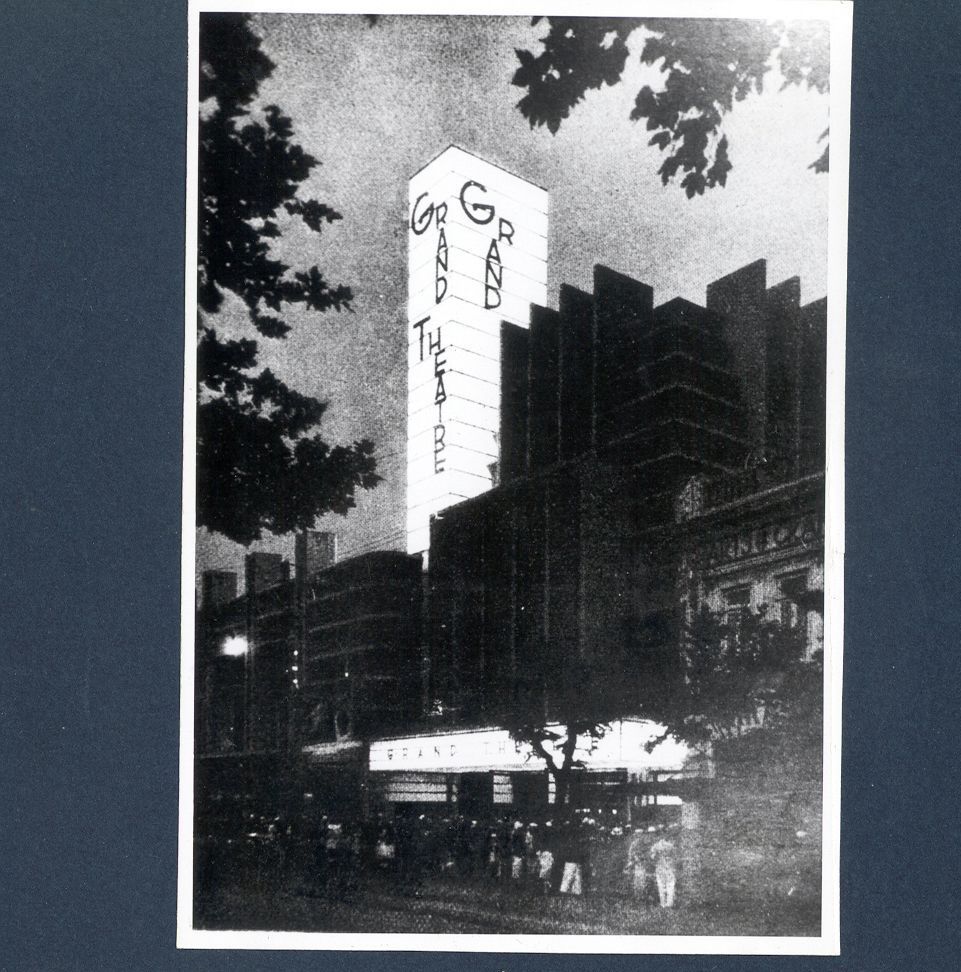
The 1st Skyscraper of Asia
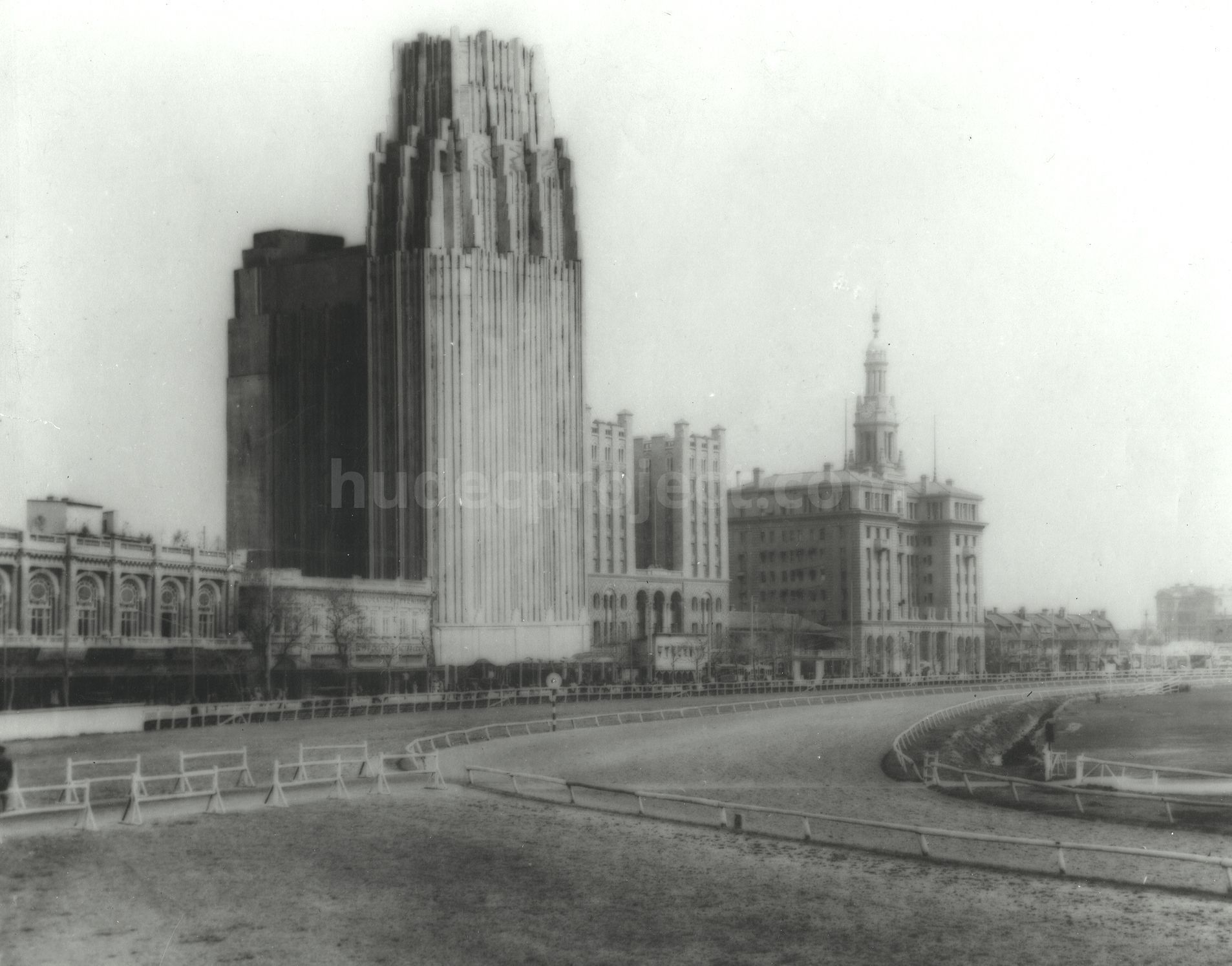
At the height of his career, from the late 20s' to the late 30s', he was commissioned by the Chinese financial and political elite, thanks not only to his exceptional professionalism and business acumen, but also to his origins. As he was not a national of the Treaty Powers, his business did not benefit from the advantages of being a member of extraterritoriality, so Chinese clients knew that their laws applied to him. In 1931, Hudec won the tender for designing Shanghai's first skyscraper, the Park Hotel, where he had to overcome a myriad of technical and financial problems. With his brilliant solution to the foundation, he once again demonstrated his exceptional talent for transposing the latest technological innovations and the new vocabulary of modern architecture from the West to the East in a short space of time. For the first time in Shanghai's history, a massive building - including the tallest - has not sunk a single centimetre into the ground. Built between 1932 and 1934, the 22-storey skyscraper became a symbol of the new Chinese bourgeoisie's pursuit of modernity and elegance, and for decades was the tallest building in Asia.
Family and Hudec-archives
He married in 1922, to Shanghai-born Gisella Meyer, whose father was a wealthy merchant of Germany and whose mother was a British noblewoman. They begin family life in the first resiednce he designed on Luzerne Road. They had three children, Theodore in 1923, Martin in 1925 and Alessa in 1928. With three children and the desire for a bigger house and garden, he sells the Luzerne Road house, buys a new plot and starts to design teh new home. Completed by 1931, the building on Columbia Road (now Panyu Lu) has a façade of frachwerk construction of a typically English type, common in Germany and Hungary. The building has been restored and is still open to the public as Hudec Memorial Hall. After sending his sons to military cadet school in Victoria, Canada, where some of their relatives lived, in 1937, the garden house proved too large for the family, so they rented it out and moved into one of the apartments overlooking the inner garden in the newly built Hubertus Court, a 10-storey apartment block. He and his wife and daughter fled the area in 1947 during the Chinese Communist takeover and eventually settled in Berkeley, USA. He never returned to China. After his death in 1958, his wife lived as a widow for 43 years, passing away in Victoria, Canada, in 2001. During his lifetime, she donated her husband's archives to the University of Victoria Special Collections and University Archives, which was preserved for posterity by the architect himself. Their children started families in America and Canada, and their descendant Alvin Hudec (son of Theo Hudec) is the custodian of the family documents and objects that survive from his grandfather and father. The architect's niece, Dr Eszter Jánossy, daughter of Jolán Hugyecz, a descendant of the branch of the family that settled in Hungary, is the heir and caretaker of the family legacy in Budapest. The Hudec Cultural Foundation helps and contributes to the preservation and digitisation of the archive with the support of experts, grants and other resources.
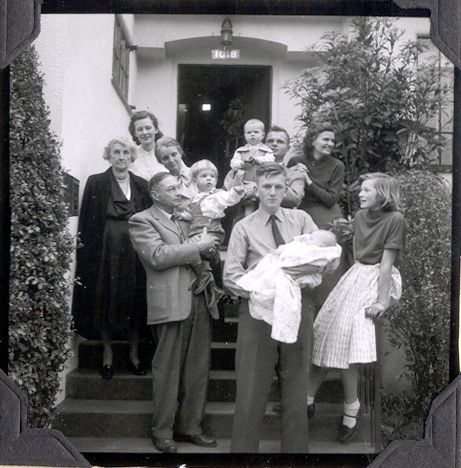
Saint Peter's Tomb Excavation in Rome
In 1947, he and his family flee China, leaving everything behind, but thanks to his previous investments, he is able to provide a secure livelihood for his wife and three children after settling in the United States. He no longer opens an office in Berkeley, but is a member of several scientific and ecclesiastical societies, and devotes his time mainly to the study of archaeology, history and religious philosophy. In the meantime, he intensifies his work on the topography of Rome and on his old favourite subject, the history of the construction of St Peter's Basilica and the Necropolis. In 1947 and again in 1953, presumably thanks to his excellent Jesuit connections, he is able to visit the Vatican excavations, which are closed to the public. It is not yet clear whether he was actually involved as a statics expert in the excavations that began in 1941 under the leadership of two Jesuit archaeologists, Engelbert Kirschbaum and Antonio Ferrua, but he did give a lecture on the findings in 1949 at the invitation of the San Francisco Society of the Archeological Institute of America, which he repeated in several places, and published a paper on the subject in 1952.
The Story of Hungarian Architect László Hudec
Article about his life and succes in Shanghai by Réka Pigniczky and Virág Csejdy
Published in Hungarian Review 2012/4
Photos by Ábel Szalontai
1918
He arrives in Shanghai as a refugee prisoner of war and starts using the name L. E. Hudec
1922
He marries Gisella Meyer of Anglo-German descent, and they have 3 children
1942
He is appointed honorary Hungarian consul in Shanghai
1950
His first publication on the excavation of tombs under St. Peter's Basilica in Rome
The Life of László Hudec - documentary (2010)
Finding the family archives, searching for Hudec relatives in USA and Canada plus Hudec's own 16 mm archive film footage together gave the idea for a short documentary. Réka Pigniczky, documentary filmmaker and TV journalist, has created a 26-minute biography film, based on the architect's own words. The film brings to life the personality of László Hudec, his vision of the world and his attachment to his origins and his family.
